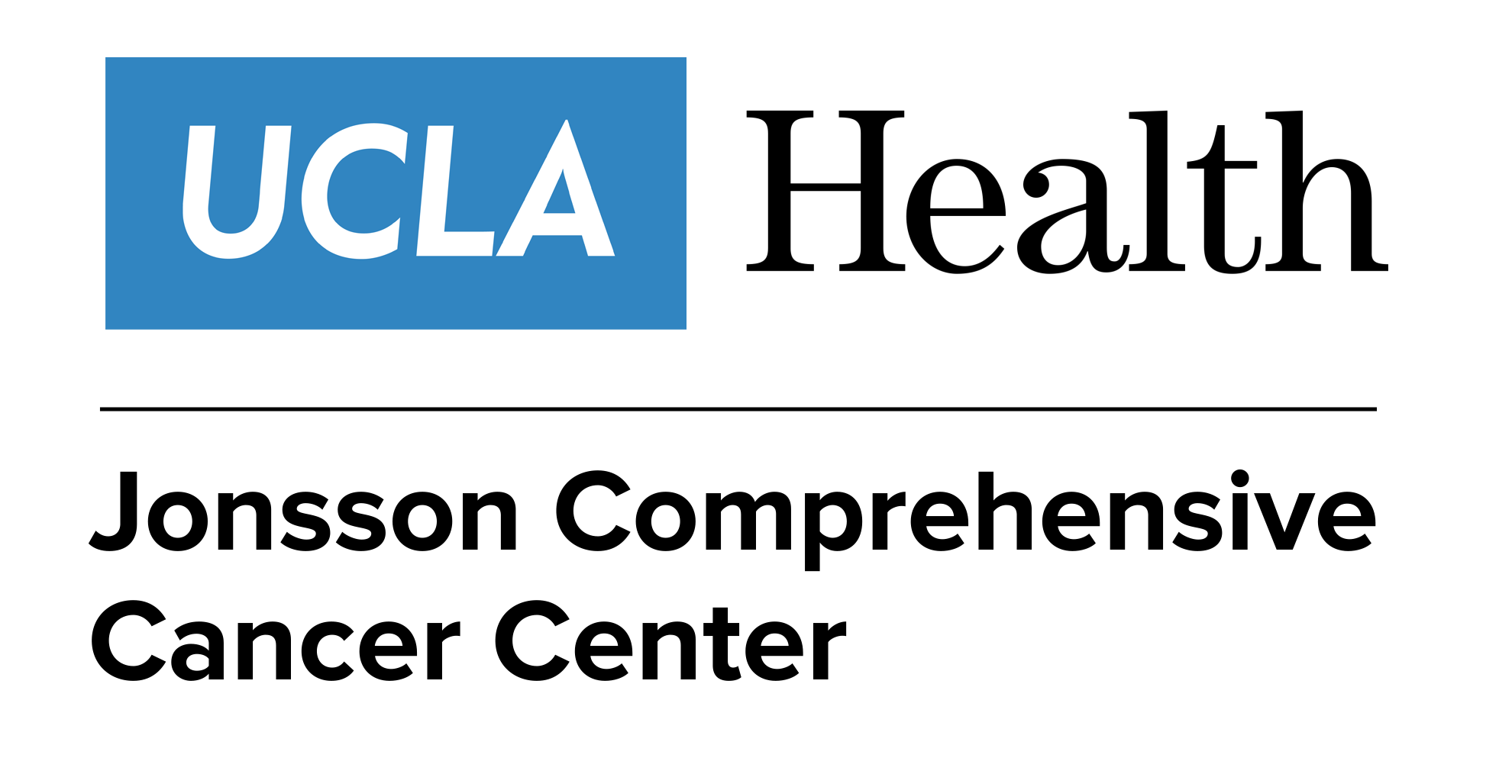- Advertise
- About OncLive
- Editorial Board
- MJH Life Sciences brands
- Contact Us
- Privacy
- Terms & Conditions
- Do Not Sell My Information
2 Clarke Drive
Suite 100
Cranbury, NJ 08512
© 2025 MJH Life Sciences™ and OncLive - Clinical Oncology News, Cancer Expert Insights. All rights reserved.
Dr Bardia on Current Approaches to HER2+ Breast Cancer Management
Aditya Bardia, MD, MPH, FASCO, discusses standard first-, second-, and third-line HER2-positive metastatic breast cancer management approaches.
Aditya Bardia, MD, MPH, FASCO, professor, Department of Medicine, Division of Hematology/Oncology, Director of Translational Research Integration, the University of California, Los Angeles (UCLA) Jonsson Comprehensive Cancer Center, UCLA Health, discusses current approaches to the management of HER2-positive breast cancer in the first- or second-line metastatic setting, as well as emerging treatment options in the third line and beyond.
Current first-line treatment approaches for patients with HER2-positive metastatic breast cancer typically involve a taxane along with trastuzumab (Herceptin) and pertuzumab (Perjeta), Bardia begins. After completing approximately 6 to 8 cycles of treatment with the taxane, patients may be able to continue receiving trastuzumab plus pertuzumab alone, he states.
In the second-line setting, the standard of care (SOC) is fam-trastuzumab deruxtecan-nxki (Enhertu; T-DXd), Bardia continues. This was established in the phase 3 DESTINY-Breast03 trial (NCT03529110), in which T-DXd improved both progression-free survival and overall survival vs the prior second-line SOC, ado-trastuzumab emtansine (Kadcyla; T-DM1). Results from additional studies evaluating T-DXd vs taxane-based regimens are highly anticipated, according to Bardia. In particular, the ongoing phase 3 DESTINY-Breast09 trial (NCT04784715) is assessing the efficacy and safety of T-DXd alone or in combination with pertuzumab vs a taxane plus pertuzumab and trastuzumab in the first-line metastatic setting. This study has the potential to shift the treatment paradigm and establish T-DXd as a preferred first-line therapy for this patient population, Bardia says.
In the third-line setting and beyond, treatment options are less standardized and vary according to physician preference, Bardia notes. Many oncologists will opt for a combination of tucatinib (Tukysa), capecitabine (Xeloda), and trastuzumab, although others may prefer T-DM1 or trastuzumab in combination with other chemotherapy agents, Bardia says. This phase of treatment is also of interest for evaluating novel HER2-directed therapies, including TKIs and antibody-drug conjugates, which are continually being tested and integrated into treatment regimens based on emerging evidence, Bardia concludes.


